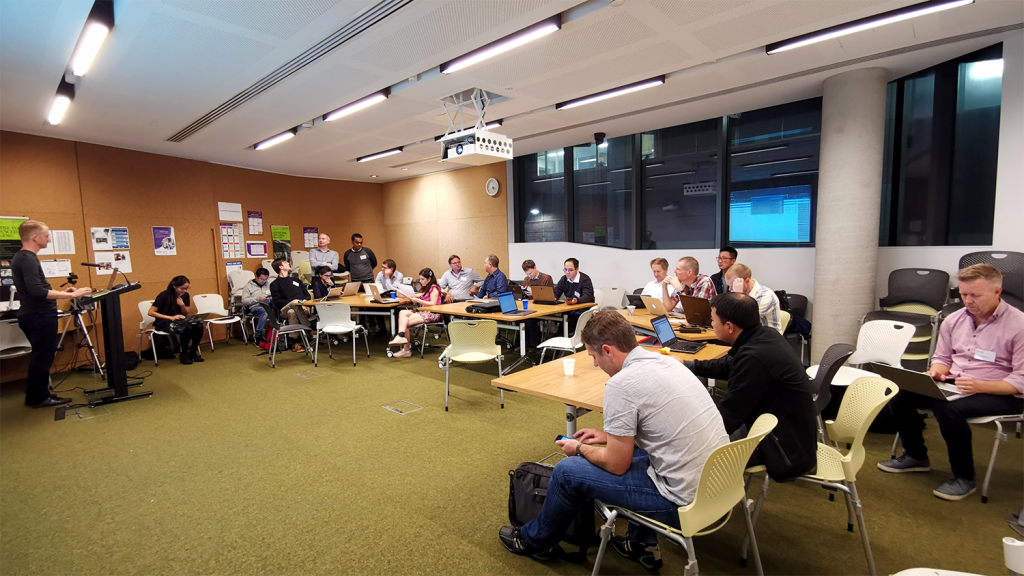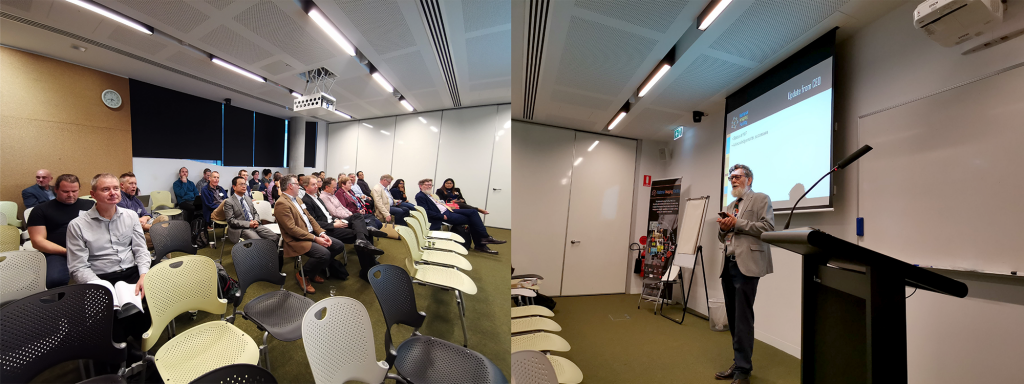NIF User Satisfaction Survey 2019 – Results
Thank you to everyone who participated in the National Imaging Facility User Satisfaction Survey! These results will be used to inform NIF direction and strategy through reports to the NIF Governing Board and the Department of Education and Training, ensuring we continue to meet the needs of the Australian research community.
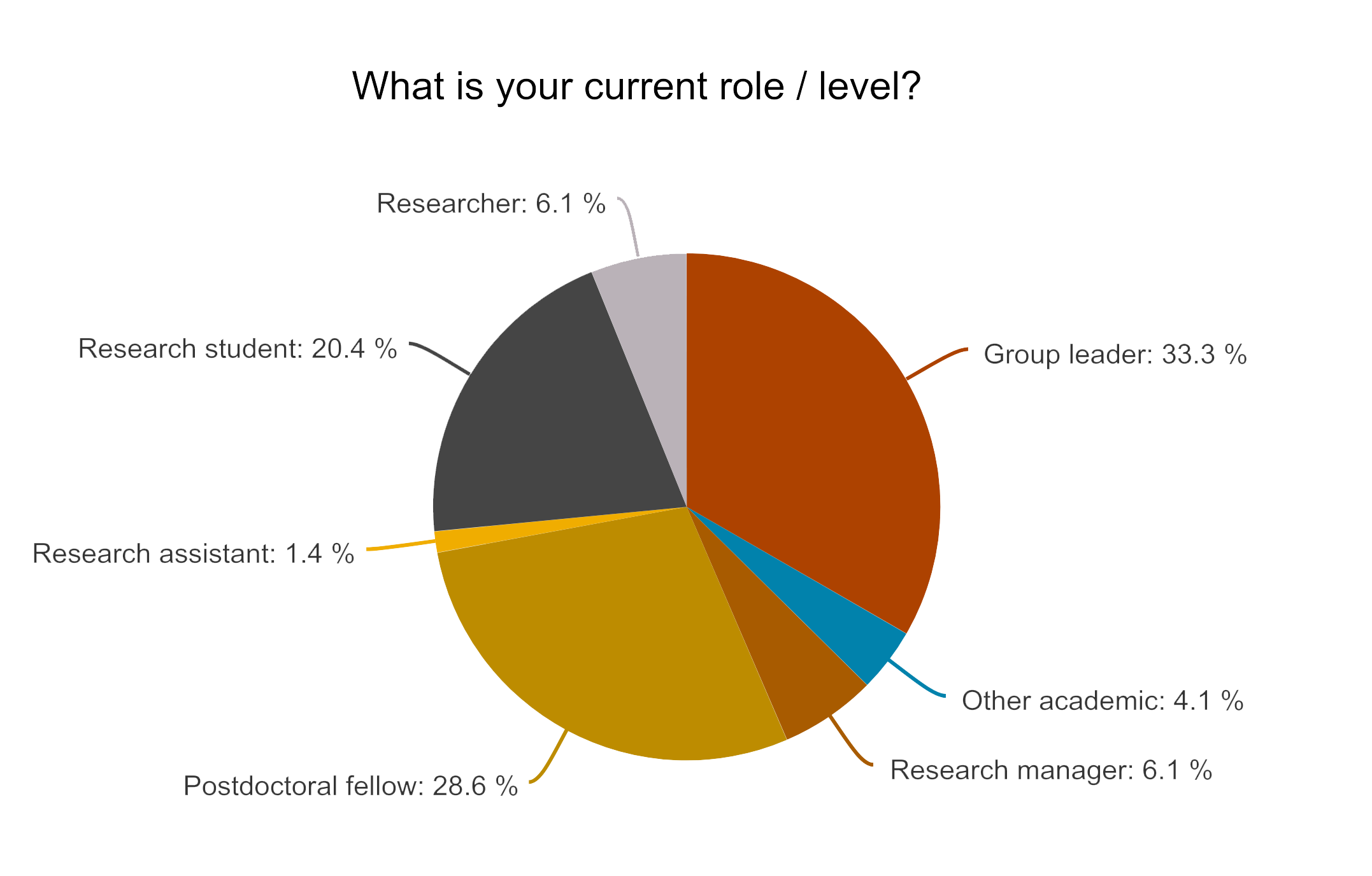
We received a total of 149 responses from users affiliated with over 25 Universities, institutes, and research organisations. Students were slightly underrepresented compared to other academic roles; could it be that they’re unaware that the facilities they access are NIF? If you’re a student accessing NIF Facilities, tell us what you think!
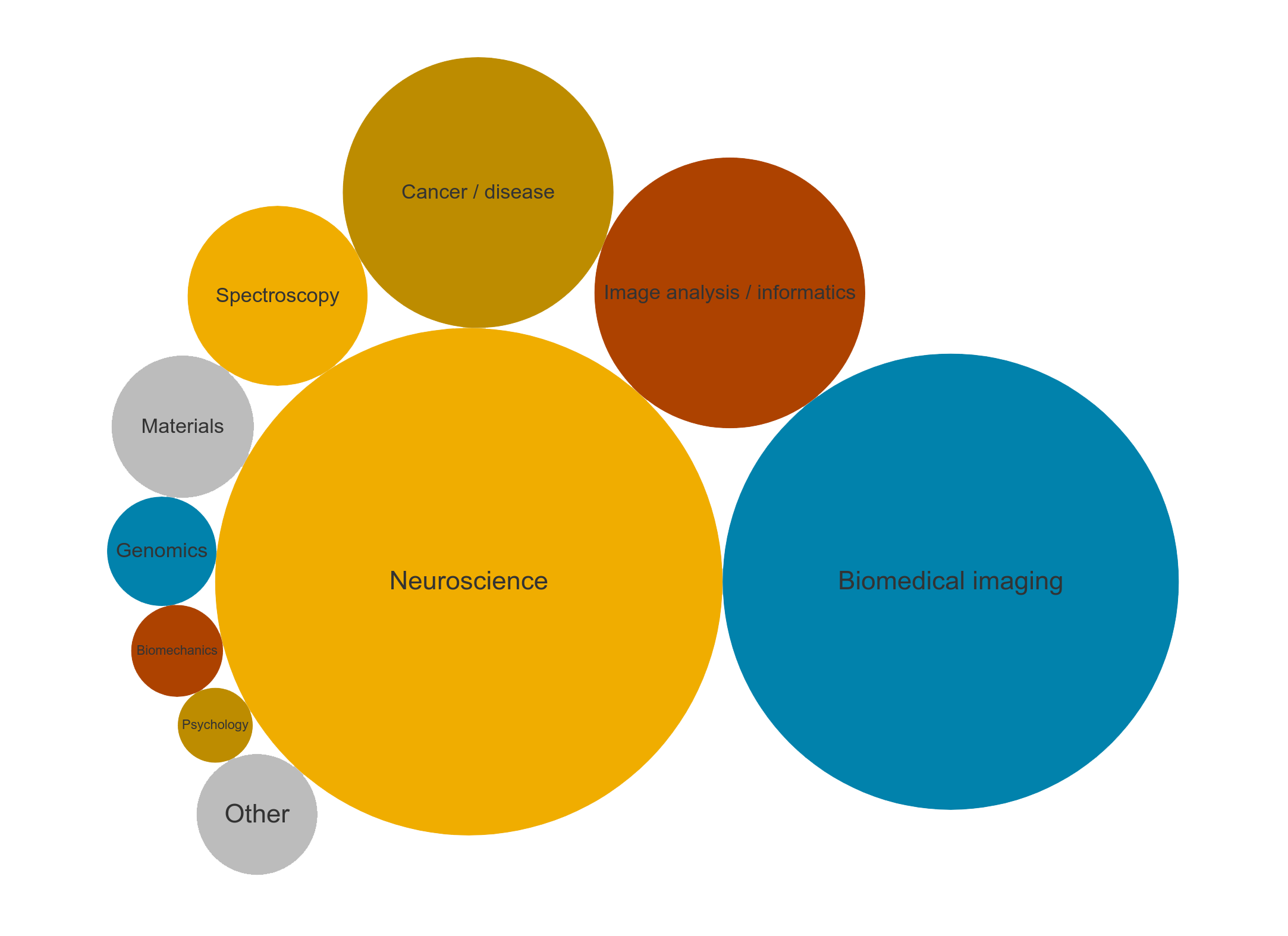
The fields that NIF users identified with was heavily focused on biomedical and health-related research, with neuroscience topping the list at 37% of responses. It came as no surprise, then, to see that more than half our users identify with the Human Imaging theme.
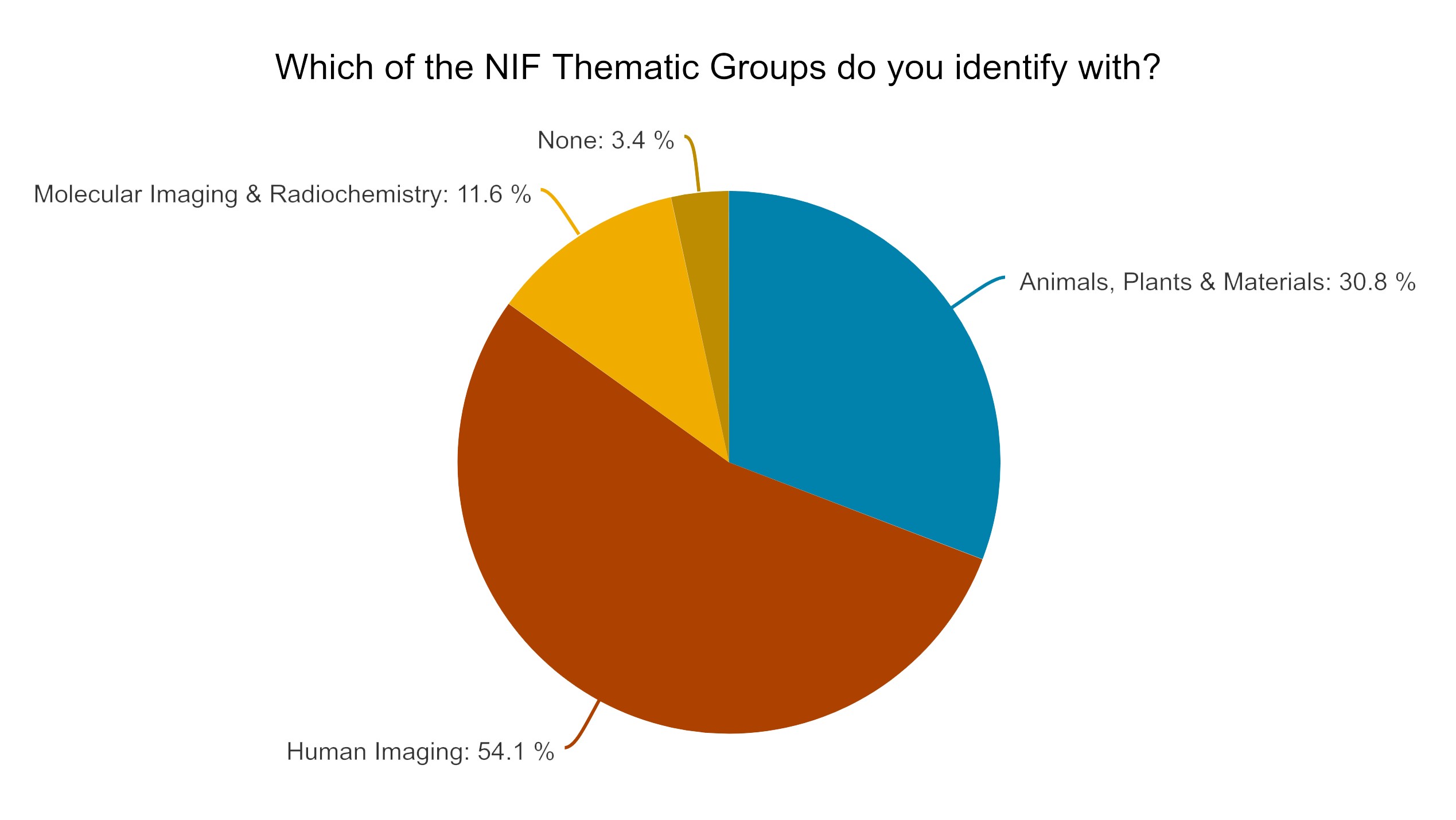
NIF has excellent instrumentation for investigating the brain, including two impressive ultra-high-field 7T MRIs, a network of 3T MRIs, human PET/CT and MEG capabilities. It’s worth noting that we have a great array of imaging capabilities that are used in areas as diverse as palaeontology, veterinary science, and agriculture, contributing to non-health research. So, don’t be shy if you’re not researching the brain or the human body. Ask us how we can help image your samples today!
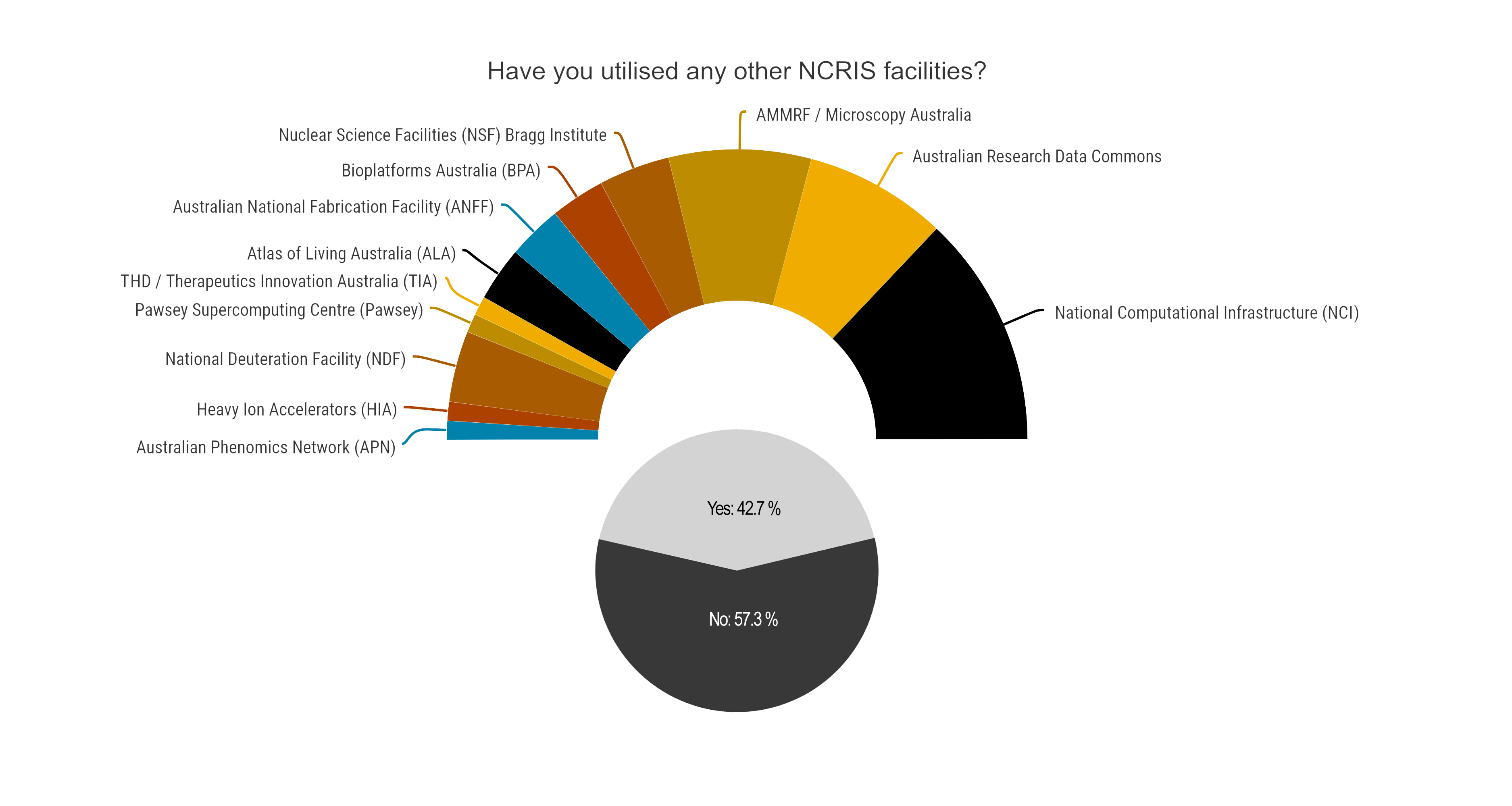
More than half of the respondents indicated they have never utilised another NCRIS facility! NCRIS is the National Collaborative Research Infrastructure Strategy, enabling the world-class instrumentation available across Australia for the research community to access. We can see that NIF users commonly access the computation and data infrastructure capabilities, supporting imaging data storage, analysis, management, and curation. NIF Fellows have a great deal of expertise in this area, let us know if you would like help with data practices or to help point you to the right NCRIS capability for your research.
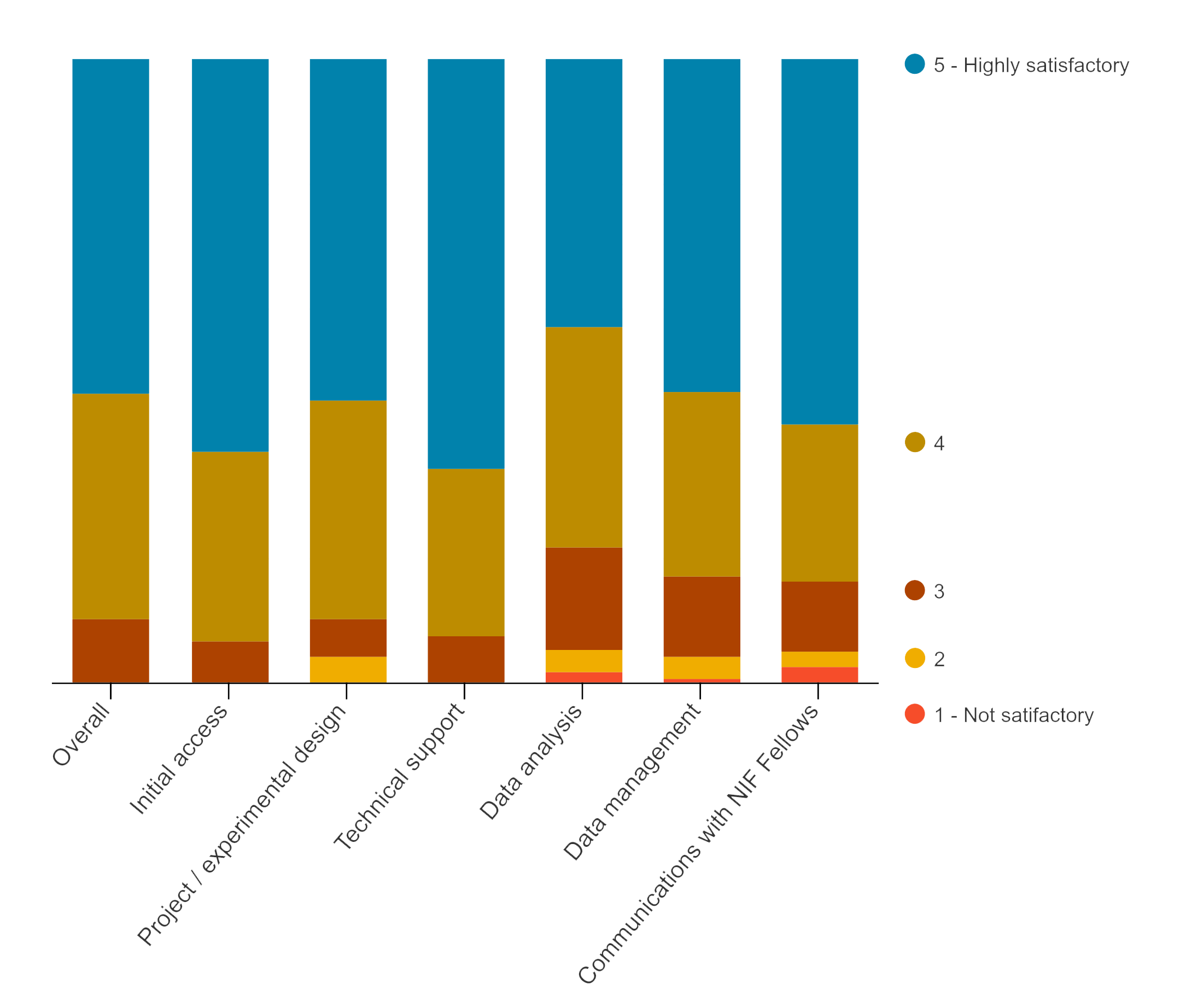
We are so pleased to see that the majority of our users are satisfied with the level of support they receive when accessing NIF facilities! We can see an area for improvement surrounding the data analysis and management. We hear you, and we are planning to bring on more Informatics Fellows to support NIF users across the country in this area. The odd result here is ‘communications with NIF Fellows’, especially given the high levels of satisfaction with other areas of support! I wonder how we could get this rating to 5 for more users? We are always improving the user experience; to walk the walk, we need your feedback!
Tell us about your experiences:
Did you miss your chance to give feedback in this survey? You can email us, chat with your local NIF Facility Fellow, or you can follow this link to submit your ideas to a rolling survey. We won’t be using these results for reporting, but can still accept anonymous feedback this way!
Once again, a huge thank you to all users participating in this survey.


